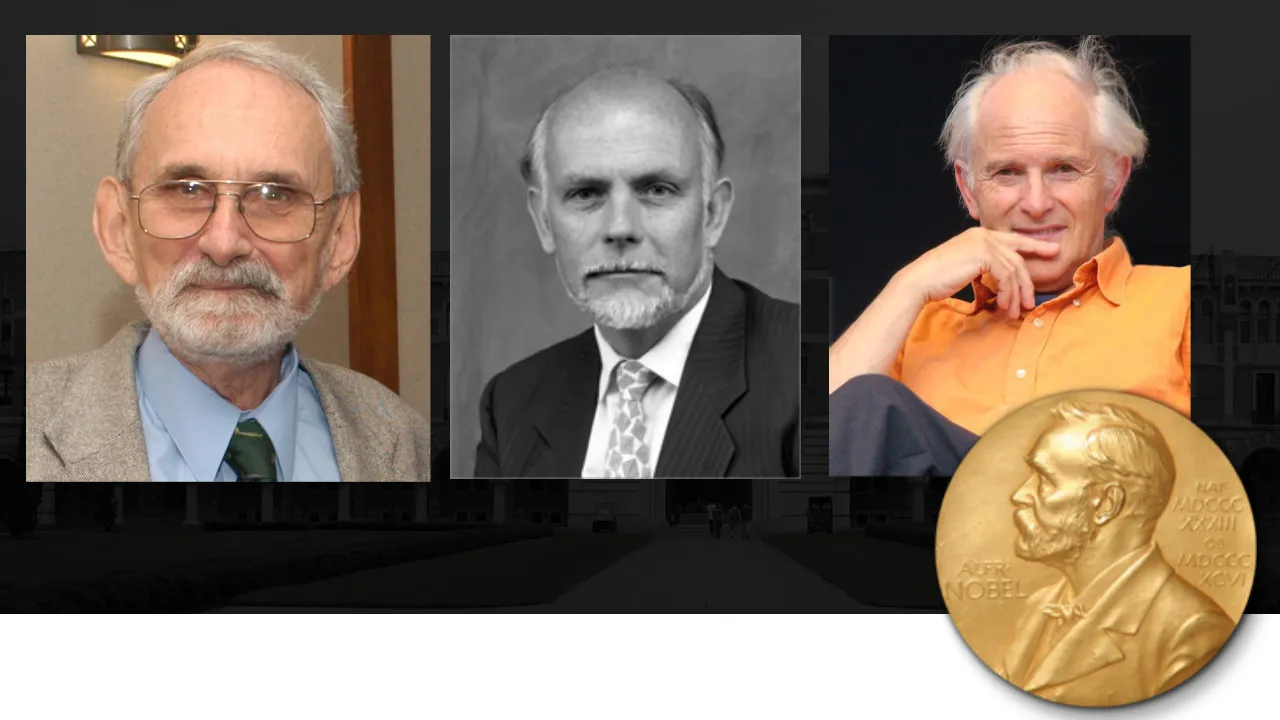The Discovery of Carbon 60 and Its Implications
In the realm of scientific breakthroughs, few are as intriguing and promising as the discovery of Carbon-60, often abbreviated as C60 or fullerene. This remarkable molecule, shaped like a soccer ball, has captured the imagination of scientists and the public alike due to its unique properties and potential applications. Let’s delve into the fascinating story of Carbon-60’s discovery and explore the profound implications it holds for various fields of science and technology.
The Birth of Carbon-60
The tale of Carbon-60’s discovery begins in 1985 when researchers Robert F. Curl Jr., Sir Harold W. Kroto, and Richard E. Smalley were investigating the formation of interstellar dust in the laboratory. Their initial experiment involved vaporizing graphite, a form of carbon, in an atmosphere of helium using a laser. To their surprise, the result was not the expected interstellar dust but a previously unknown and highly stable carbon molecule – Carbon-60, also known as the buckminsterfullerene.
The name “buckminsterfullerene” pays homage to the famous architect and inventor Buckminster Fuller, known for his geodesic dome designs, which closely resemble the Carbon-60 molecule’s structure. This soccer ball-shaped molecule consists of 60 carbon atoms arranged in a series of 12 pentagons and 20 hexagons, forming a hollow, spherical structure.
1996 Nobel Prize in Chemistry
In 1996, the Nobel Prize in Chemistry was awarded to Robert F. Curl Jr., Sir Harold W. Kroto, and Richard E. Smalley for their groundbreaking discovery of Carbon-60, or fullerene molecules. This recognition honored their innovative research that unveiled the remarkable world of nanotechnology and the extraordinary properties of these soccer ball-shaped carbon structures. The Nobel Prize celebrated the transformative impact of fullerenes on materials science, nanotechnology, and a host of other fields, marking a significant milestone in the ongoing quest to unlock the potential of this unique carbon allotrope.
Implications of the Discovery
The discovery of Carbon-60 had profound implications in various scientific and technological domains:
1. Nanotechnology:
Carbon-60 is often regarded as the birth of nanotechnology. Its unique structure and properties opened up new avenues for the manipulation and application of materials at the nanoscale. The concept of “buckyballs” was born, leading to the development of carbon nanotubes and other nanomaterials with incredible strength and electrical conductivity.
2. Materials Science:
The extraordinary strength of Carbon-60, coupled with its lightweight nature, has led to the development of new materials with exceptional properties. These materials find applications in aerospace, automotive, and construction industries, among others. For example, carbon nanotubes, which are derived from buckyballs, are used to strengthen composite materials in aircraft and spacecraft.
3. Drug Delivery:
Buckyballs’ cage-like structure can encapsulate other molecules, making them suitable for drug delivery systems. Scientists have developed drug carriers based on Carbon-60, which can target specific cells, release drugs gradually, and improve the bioavailability of certain medications.
4. Lubricants and Coatings:
The unique spherical structure of Carbon-60 lends itself to the development of high-performance lubricants and coatings. These materials offer reduced friction, wear resistance, and improved thermal stability in various applications, including engines and machinery.
5. Biomedical Applications:
The potential applications of Carbon-60 in the field of medicine are diverse. It has shown promise as an antioxidant, with the ability to neutralize free radicals, which play a role in aging and various diseases. Research into its potential for treating conditions like cancer and neurodegenerative diseases is ongoing.
6. Environmental Remediation:
Fullerenes also have applications in environmental science. They can be used in the removal of pollutants from water and soil, making them a valuable tool in environmental cleanup efforts.
Future Prospects for the Use of C60
The discovery of Carbon-60 marked the beginning of a new era in materials science and nanotechnology. The implications of this discovery continue to expand as researchers uncover more of its remarkable properties and potential applications. The full potential of buckminsterfullerene is yet to be realized, and ongoing research promises even more exciting developments in the future.
The story of Carbon-60’s discovery is a testament to the serendipitous nature of scientific breakthroughs. This soccer ball-shaped molecule has ushered in a new age of possibilities in materials science, nanotechnology, and various other fields. As scientists continue to explore its properties and applications, the impact of Carbon-60 on our world is only beginning to unfold, promising innovative solutions to longstanding problems and a brighter future for science and technology.


